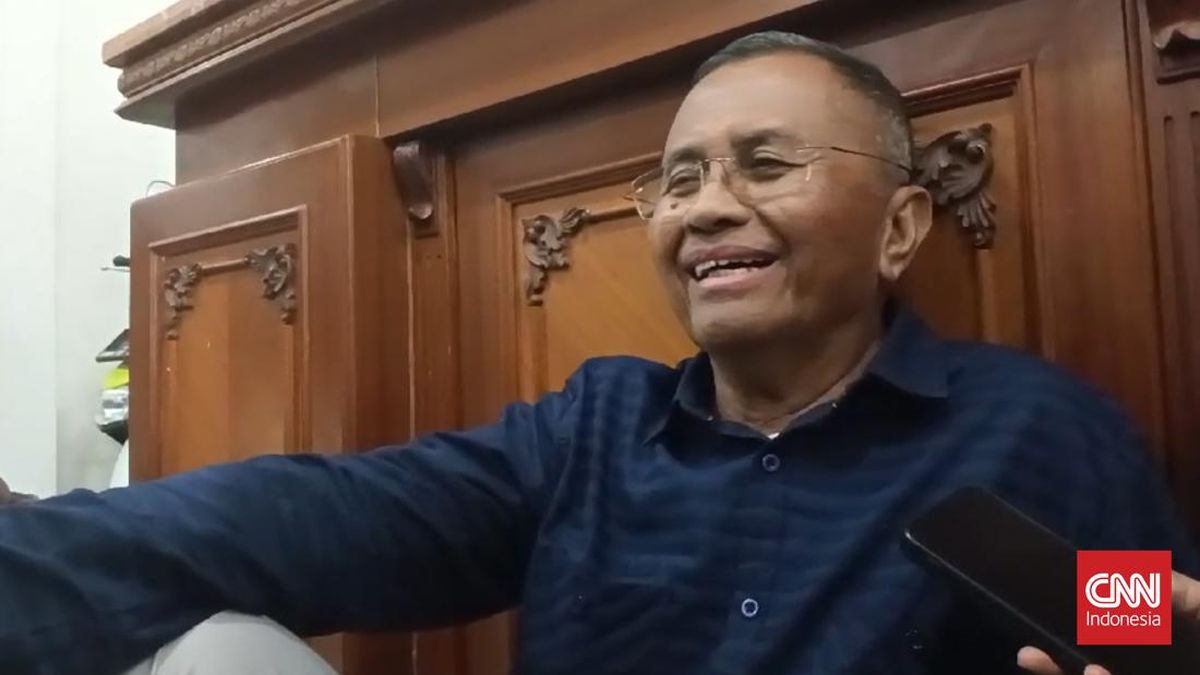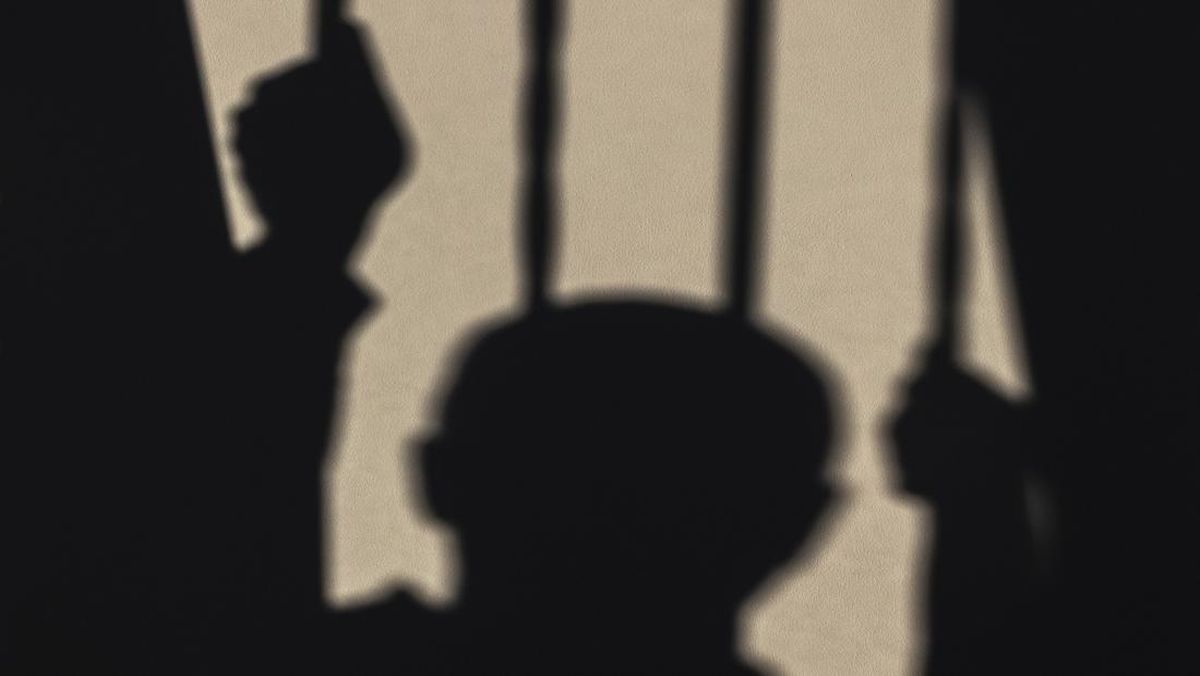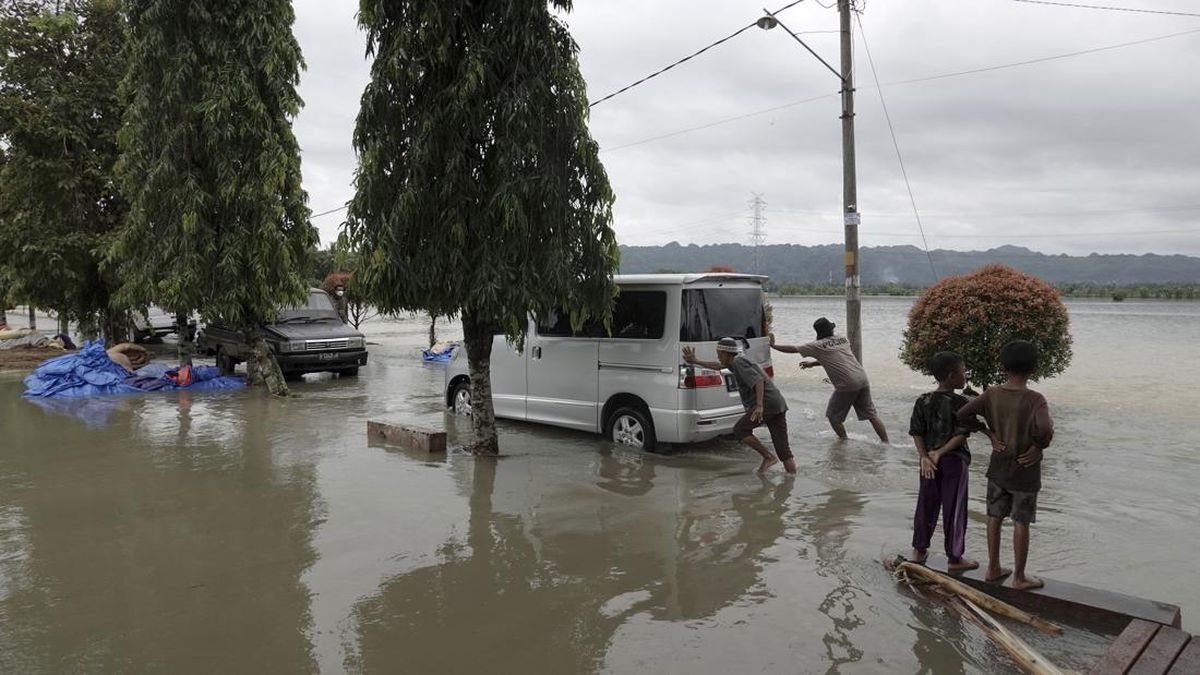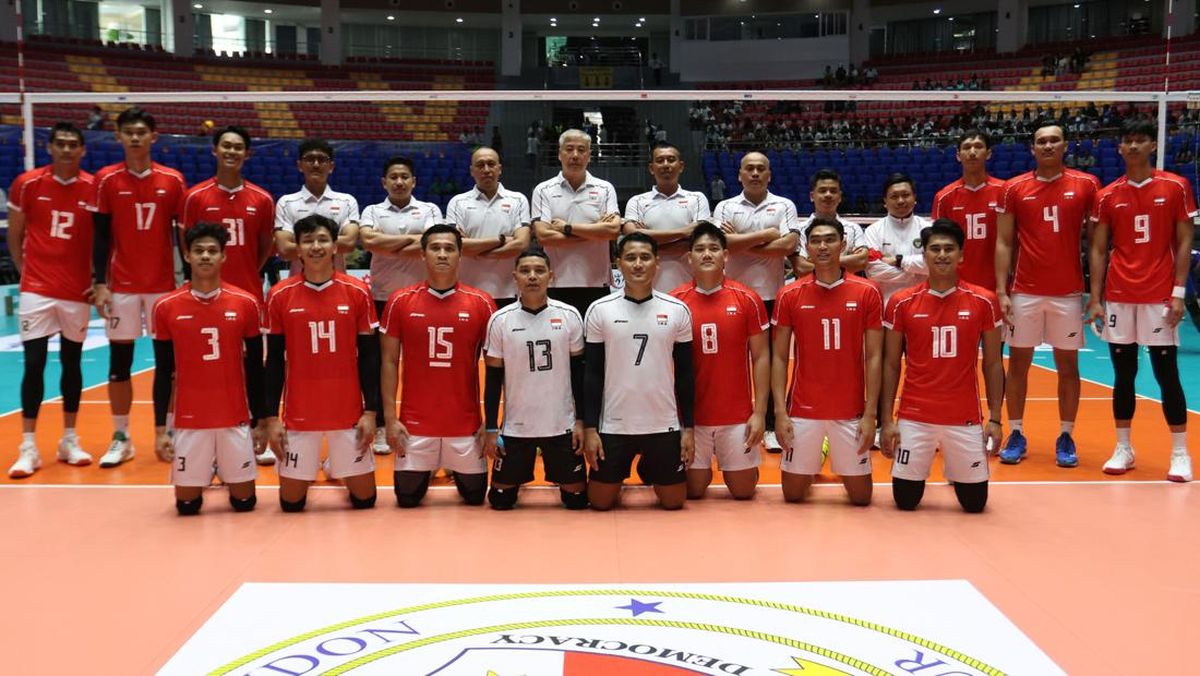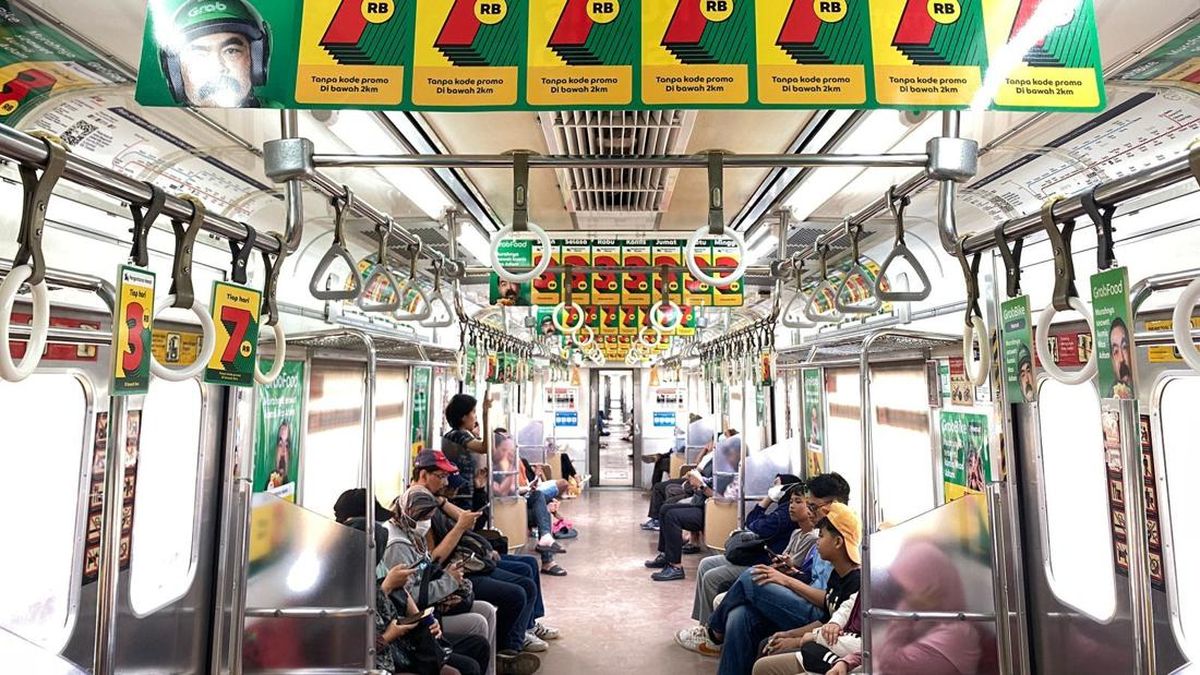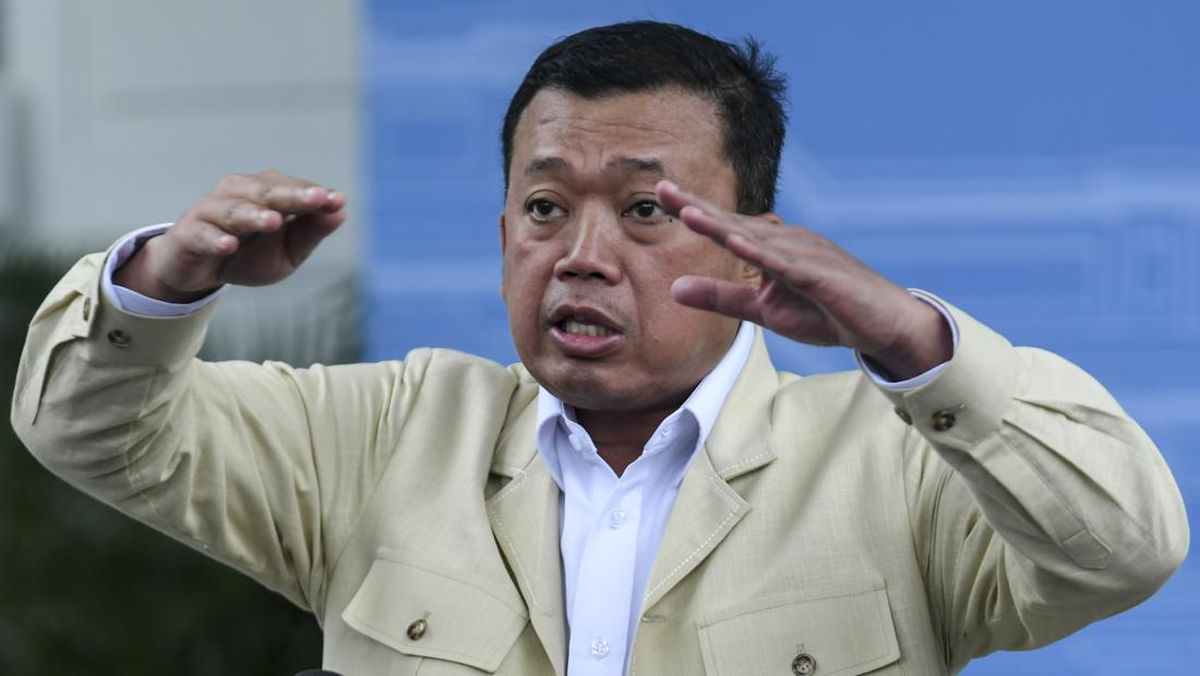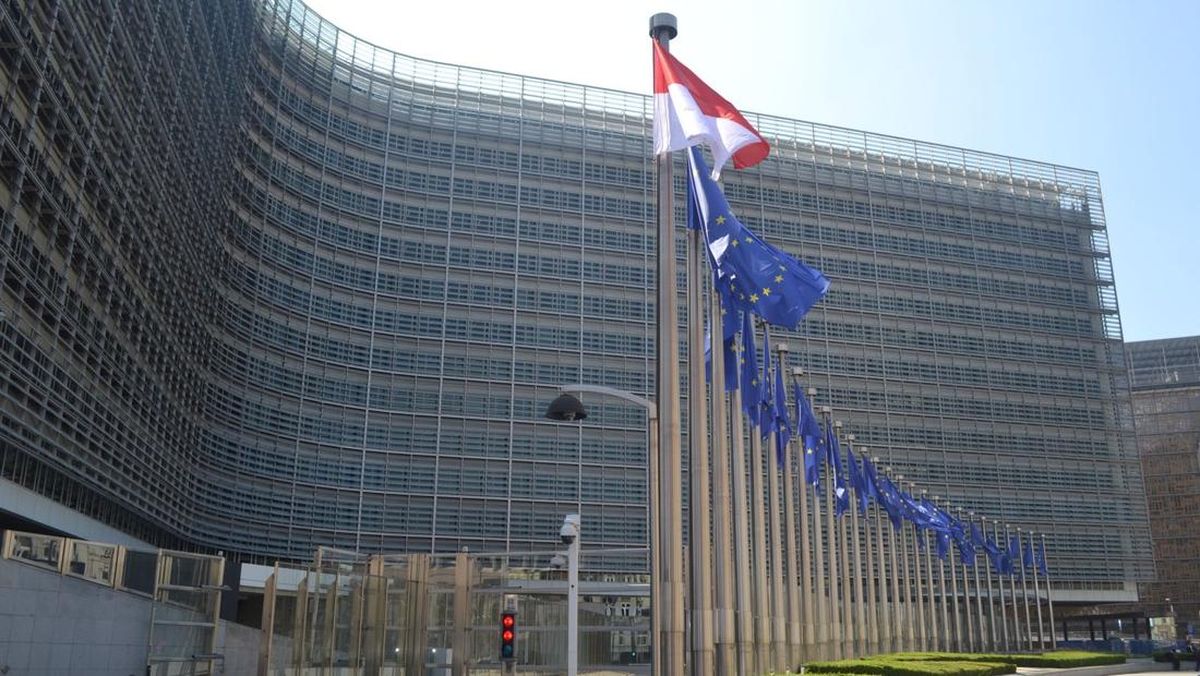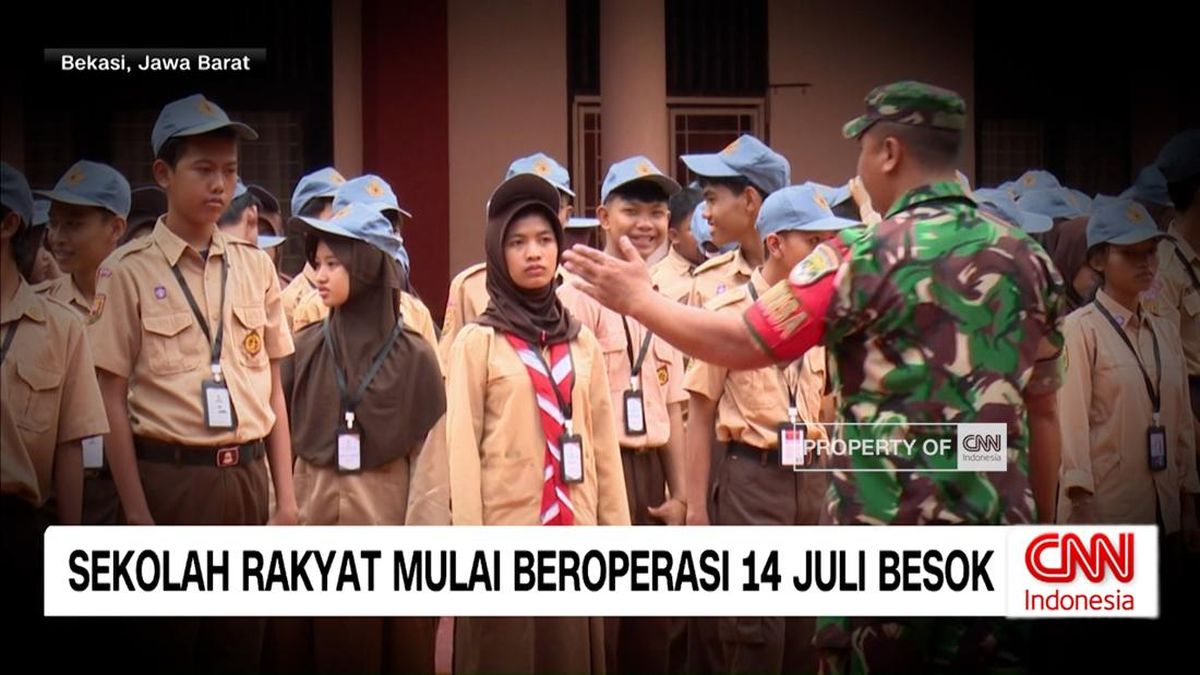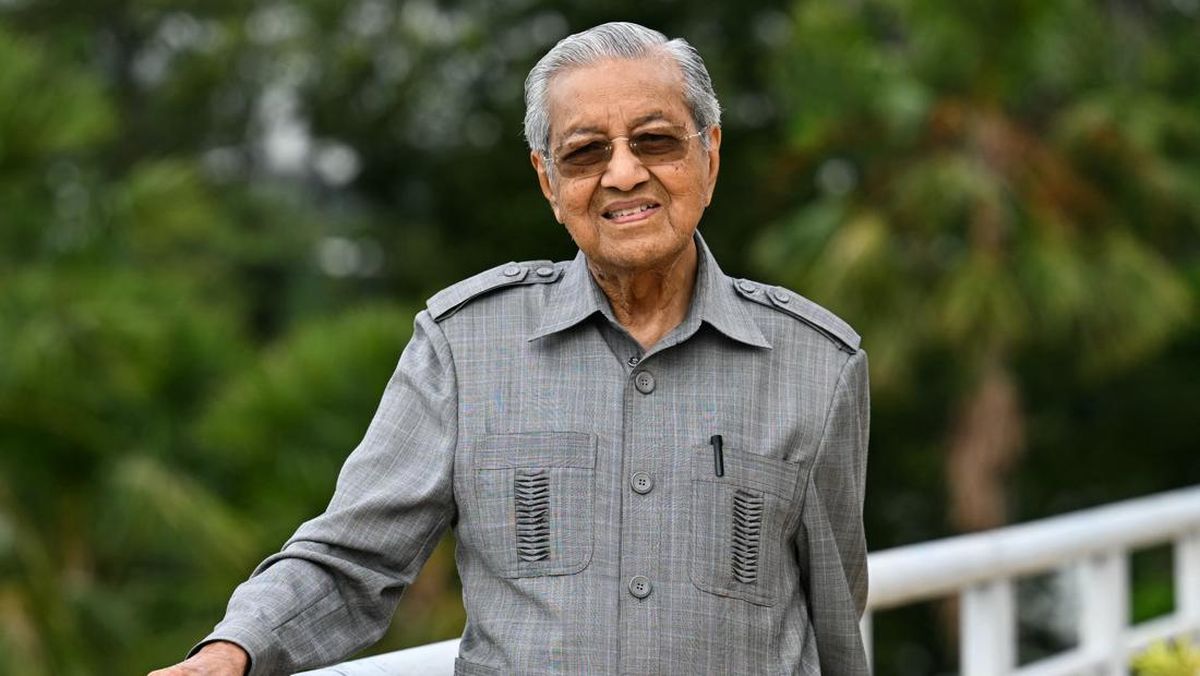How a confusing cockpit snippet invited doubt over the Air India crash investigation
The troubling cockpit dialogue revealed in a preliminary report into the June 12 crash of Air India flight 171 – which killed all but one of the 242 passengers on board – is likely to haunt both investigators, relatives and the public alike.
Immediately after the Boeing 787 Dreamliner reached sufficient airspeed for take-off from Ahmedabad bound for London, “Engine 1 and Engine 2 fuel cutoff switches transitioned from RUN to CUTOFF position one after another”, India’s Aircraft Accident Investigation Bureau report says.
Then the report details a piece of dialogue – unattributed to the speaker – from the cockpit voice recording: “one of the pilots is heard asking the other why did he cut off [the fuel switches]”.

Handled poorly, the already traumatic aftermath of a crash can become a gateway to conspiracy theories. Credit: AP
“The other pilot responded that he did not do so.”
It’s unclear if the inclusion of this snippet of conversation is a flawed effort at transparency by the Indian crash investigators or whether it points to the direction the probe is taking.
Aviation experts are already weighing in on the preliminary findings.
The fact the report didn’t release a synced up account of the snippet of dialogue with the flight data recording “confused things”, says pilot Byron Bailey.
In his view, it does so “deliberately”.
First Officer Clive Kunder, who had about 1100 flight hours in Boeing’s Dreamliner, was the pilot flying while Sumeet Sabharwal, the more experienced pilot, was monitoring the flight.
It’s not clear if the crash resulted from actions on the flight deck alone or if they were in combination with another issue during take-off. What is certain, however, is that the fuel switches can’t move themselves.
Loading
Bailey, after reading the report, suggested: “It may well be that the pilot flying didn’t have his hand on the thrust levers, [and being] on the right side he couldn’t have turned them off because he would have been busy concentrating on his flying display.”
In this scenario, the more senior monitoring pilot, at left, could have been the lone actor, Bailey said, and the dialogue from the report reflected the moment of reckoning.
Bailey, who has evaluated cockpit voice recorders as part of an air crash investigation, cautioned that at this point professionals could only speculate from a distance.
Another retired pilot with experience in crash investigations said that unless the cockpit voice recorder transcript is “absolutely clear”, the investigators themselves may be “stumped and scratching their heads”. In this scenario, it’s “easy to blame the pilots”.
What is clear is that big reputations are at stake.
Air India is an ambitious national carrier – with dramatic expansion plans to serve a growing economy and diaspora (including in Australia). The airline acknowledged “receipt of the preliminary report released” and said it would “continue to fully co-operate with the AAIB and other authorities as their investigation progresses”.
Boeing’s reputation hangs in the balance too.
The US airplane manufacturer is trying to get beyond the fallout from manufacturing issues affecting two of its 737s Max aircraft, which crashed in 2018 and 2019. A new problem with its Dreamliner could be crippling.
Loading
“Our thoughts remain with the loved ones of the passengers and crew on board Air India Flight 171 as well as everyone affected on the ground in Ahmedabad,” Boeing said. “We continue to support the investigation and our customer.”
Also at stake is the national reputation of India, its air safety record and its pilots.
India’s airline pilots association rejected the preliminary report’s “bias” towards pilot error. “We categorically reject this presumption and insist on a fair, fact-based inquiry.”
In other words, it would be too convenient for the tragedy to be neatly blamed on a single point of failure, but with the final report on the crash likely to be more than a year away, victims and crews’ families’ anguish won’t be easily assuaged.
Even before the AIBB’s preliminary report was published, no airworthiness directive was put on the 787 Dreamliner by its maker Boeing, the US National Transportation Safety Board and the UK Air Accidents Investigation Branch.
What’s certain is that the longer there is incomplete knowledge of the cause of the tragic crash (which also killed 19 people on the ground where it impacted in a fireball), the more it invites uncertainty and anxiety.

The tail of the Air India plane became wedged in the dining hall of a medical students’ hostel.Credit: Getty
When Malaysia Airlines MH 370 went missing in 2014, different voices in the Malaysian government issued conflicting information, sending the public lunging at different conclusions, and even offering hope in the early hours when there was none.
Handled poorly, the already traumatic aftermath of a crash can become a gateway to conspiracy theories. This is something that hardly contributes to a safer, more secure aviation world.
For that reason, even before the final report is made public, clarifications from Indian authorities are possible. Victims’ families and the broader flying public will want to know more – no matter what the consequences for reputations.
The Market Recap newsletter is a wrap of the day’s trading. Get it each weekday afternoon.
Most Viewed in Business
Loading

